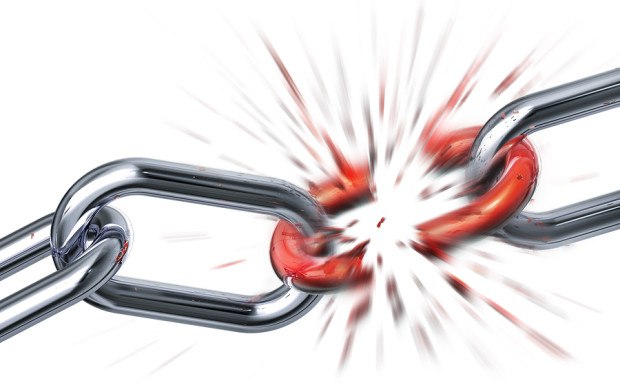As weather-related events pile up with the same alarming frequency as auto collisions on New York’s Belt Parkway and Long Island Expressway, I find myself counting supply chain disruptions when I can’t sleep.
When we think of manufacturing as an activity, it is easy to imagine a busy place in which humans and robots work together to make things from parts produced in that factory. In fact, much manufacturing activity today is actually an act of assembly. Manufacturers including Apple, Ford, General Electric and so many others gather components from around the globe and join them together to produce a finished product.
When you add the need for the right components to arrive on the shop floor at the right time to disruptions attributable to weather-related events, it is easy to see how things can quickly get out of hand. It is not surprising that we in the insurance industry spend increasing amounts of our time proposing contingent business interruption and supply chain disruption insurance to our manufacturing insureds.
Even if only one piece is missing before a manufactured item can roll off the assembly line, the product cannot be completed. Without proper insurance coverage, payroll and rent payment can quickly overwhelm working capital.
A report issued by the Federal Emergency Management Agency (FEMA) found that 40 percent of businesses impacted by a weather-related event do not reopen following a natural disaster. On top of that, another 25 percent fail and go out of business within one year. According to Business Insider, a small business probably won’t survive if it does not resume operations within 10 days following a natural disaster.
When we think of supply chain disruptions, we typically think of risks to manufacturers located downstream. To mitigate supply chain risk, we advise clients to not depend on only one supplier but to have multiple supply sources. As a result, if a weather-related event affects a supplier located in the Northeast, there will be a backup supplier whose plant is situated in the Southeast. Even if a business relationship isn’t currently in place with both suppliers, an informal relationship with both should be in place prior to a weather-related event.
As one of only 30 companies tracked by the Dow Jones Industrial Index, the Boeing Company is a treasured national institution. The company employs more than 153,000 individuals. Revenue in 2018 exceeded $100 billion. While I shouldn’t have been surprised when I learned from a radio report that this bedrock of the American manufacturing sector, like so many other companies, assembles its products from parts supplied by other companies, I was surprised.
Until I heard this report on the radio, I hadn’t given equal consideration to how the consequences of an unplanned event—in this case, the grounding of Boeing’s 737 MAX jet due to two crashes featuring similar characteristics—could also exert an effect on upstream companies caught in a supply chain disruption.
As of the time I am writing this article, Bank of America is predicting it will take three to six months for Boeing to effect a software fix it is still working on. A half-year could potentially be very disruptive to Boeing’s suppliers.
Although Bank of America expects Boeing to continue to produce the grounded 737 MAX jet at the current rate of 52 per month in order to minimize disruption in the supply chain, it remains to be seen if this will actually be the case. And even if it is the case, it is worthwhile for the insurance community to look at supply chain disruption from both upstream and downstream vantage points. This has been a teachable moment.
In our business, we help to manage and transfer risk. Our job begins by identifying risk for insureds lacking the intellectual training or time to anticipate risks that could place their businesses in financial jeopardy. When taking the risk of supply chain disruptions into account for our risk management and insurance clients, let’s look both upstream and downstream. This trouble, unfortunately, runs in both directions.





















 AI in Property/Casualty Insurance: Why Trusted Data Is the Missing Link
AI in Property/Casualty Insurance: Why Trusted Data Is the Missing Link  Chubb, The Hartford, Liberty and Travelers Team Up on Surety Tech Co. Launch
Chubb, The Hartford, Liberty and Travelers Team Up on Surety Tech Co. Launch  Insurance Industry ‘Megadeals’ Dominate 2025, Says PwC
Insurance Industry ‘Megadeals’ Dominate 2025, Says PwC  Why Insurance Telematics Integrations Fail
Why Insurance Telematics Integrations Fail 

